Located on the shore of Lake Tana, is the beautiful city of Bahir Dar. It is 578 kilometers from Addis Ababa, Ethiopia. It is the capital city of the Amhara region and a major getaway to northern Ethiopia due to Bahir Dar Belay Zeleke international airport. Bahir Dar is crossed by the Blue Nile, which takes its origin from Lake Tana. The city is known for its rapid urbanization and moderate cost of living. It is home to Bahir Dar University and was given UNESCO Learning Cities Award in 2015.

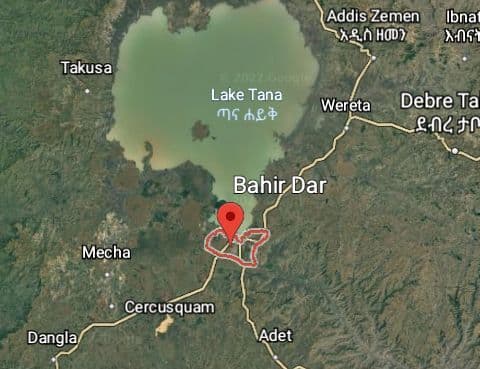
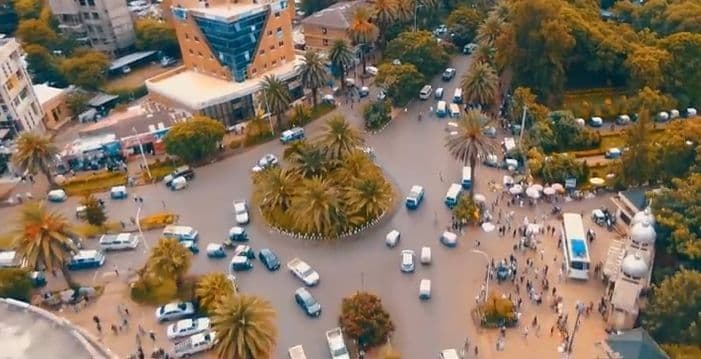
Bahir Dar History
According to some resources, Bahir Dar was established in the first half of the thirteenth century. At that time, the city of Lake Tana and its surroundings were under the control of the Solomonic dynasty. During the reign of Emperor Yikunoamlak, the city was given the name Bahir Dar, which means “close to the sea.” in the Amharic language. The city was named Bahirdar Dar because of its setting on the shores of Lake Tana and the Abay River. Since 1993, the city has been functioning as the Amhara National Regional State’s capital.
Settlements around Lake Tana were of indigenous groups living in the area like the Wayto. Other settlements arose based on social class and monasteries. The monasteries around Lake Tana can be dated back to the 16th century. The city acquired its name from Bahir Dar Giyorgis Ethiopian Orthodox Monastery, built during the reign of the Gondarine king Iyassu I (1682-1706). These settlements became recognized as Bahir Dar village in 1930.
The city was modernized during the Italian Occupation (1936 – 1941). It had industrialized cotton production and a wooden bridge across the Blue Nile to help as a means of transport to Gondar and Addis Ababa. There was marked development during the second reign of Emperor Haile Selassie (1941-1974). At this time, Bahir Dar city was provided with different public services including electric power from Tis Abay Hydropower Dam. The development of Bahir Dar continued under the Derg socialist party. In 1994, Bahir Dar became established as the capital city of the Amhara Regional National State. UNESCO awarded it a peace prize for addressing challenges of rapid urbanization in 2002.
Booking.comCity Demographics
The population of Bahir Dar has been growing dramatically in recent years. According to the Bahir Dar City Administration, the first round of the census in 1976 was 54,766; the second round of the 1986 census was likewise 54,764. The population and housing census have increased to 94,235. Based on the results of the 1999 census, the population of Bahir Dar, which was projected for 5 years of age, single age, and gender, was 414,763, of which 49,421 lived in rural areas and 365,342 in urban areas. Of these, the number of males is 201,904 and the number of females is 212,859. The population density is estimated at 0.12 per hectare. Despite these reports, the Bahir Dar City Administration website (on its landing page) shows that the city has a population of 356,757 residents as of the present.
The most widely practiced religion in Bahir Dar is Ethiopian Orthodox Christianity, followed by Islam. Small percentages of the population are Protestants and catholic. Minority groups are practicing other traditional religions around Lake Tana, including Judaism. The largest Ethnic groups in Bahir Dar are the Amhara (96.23%). Other Ethnic groups include the Tigrayan, the Oromo and other indigenous groups.
Bahir Dar Climate
Bahir Dar is warm all year round, having hot weather even on rainy days. The hot season is between February 3 and May 25, highest temperatures up to 38 o C (100 o F) occurring in April and May. The cool season is from July 3 to September 10. Temperature can get as low as 5 o C (41 oF) during this time and the coldest month is August. Bahir Dar gets adequate rainfall. The wet season lasts from May to September. July and August are the rainiest months.
Transportation
Bahir Dar is well connected to different cities and towns in Ethiopia by road trips. There is also an air flight option via Bahir Dar Airport, which is at 8kms from the city. It was previously known as Bahirdar Ginbot 20 Airport and is recently renamed Dejazmach Belay Zeleke Airport. There are more than ten flights a day between Bahir Dar and the capital city, Addis Ababa. The Ethiopian Airlines app can be used for booking flights to Bahir Dar. Minibus, Taxi and Bajaj (Tuktuk) provide transportation in the city. The city is also known for using Bikes.
Athletics
The most popular sport in Bahir Dar is football. Football clubs in Bahir Dar include Bahir Dar Kenema and Amhara Weha Sera. Bahir Dar Kenema is a well-established club and plays in the Ethiopian Premier League.
Bahir Dar International Stadium is found on Tis Abay road and can accommodate 60,000 people. It was recognized by CAF (confederation of African football) and FIFA in 2015. Since then it has hosted 18 international football matches. In 2021, CAF has prohibited the stadium from hosting International games as it is still uncompleted and doesn’t fulfill some of the enrollment criteria.

Bahir Dar Tourist Attractions
Bahir Dar, blessed with beautiful natural attractions, is home to the Blue Nile Falls and many other tourist attractions, including monasteries, endearing lodges, and charming lakes. Moreover, the city is arguably the cleanest Ethiopian city and regarded as one of the most beautiful cities in the country. Furthermore, the city is particularly well-known for its lovely palm tree-lined streets. Here are some of the best tourist sites found in Ethiopia:
Lake Tana
Lake Tana, the largest lake in Ethiopia, is 84kms (52 miles) long and has a maximum width of 65kms (40.4 miles). Depending on the season, the lake’s color varies from murky green to clear to copper tan. The slow-moving lake is the main source of the Blue Nile and has 37 islands. Most of the islands have monasteries and churches built in the middle ages. The lake has wildlife of different fish species, over 200 bird species, and hippopotamuses. It has 20 endemic fish species endangered due to the fishing industry. The lake suffers from habitat destruction, invasive weeds, and deforestation. Different strategies are being implemented to face these challenges, and this great lake is protected under the Lake Tana Biosphere Reserve.

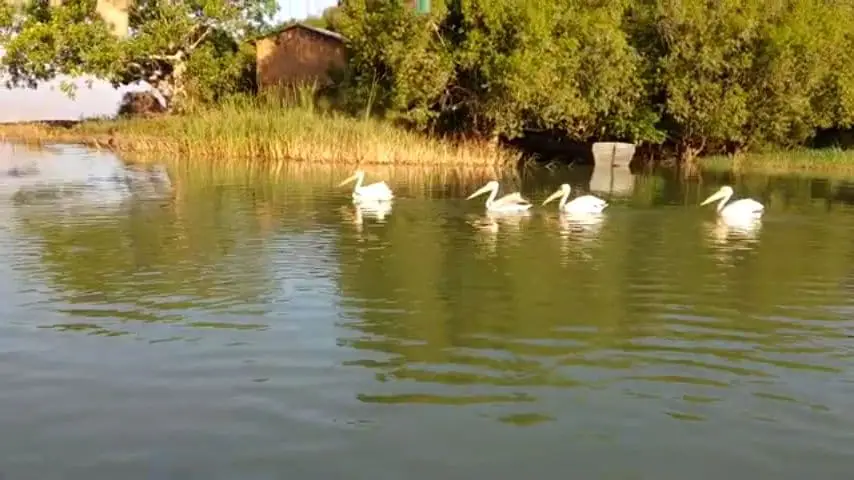
The monasteries of Lake Tana
There are around 30 monasteries and orthodox churches of historical and religious significance on the islands and peninsulas of Lake Tana. These monasteries were built during the introduction of Christianity to the area. They are typically O-shaped and their walls have colorful paintings representing biblical histories. Some have associated museums that house spiritual manuscripts, handmade crafts, and crowns. Tourists are recommended to check which monasteries they can visit as some are gender-specific.
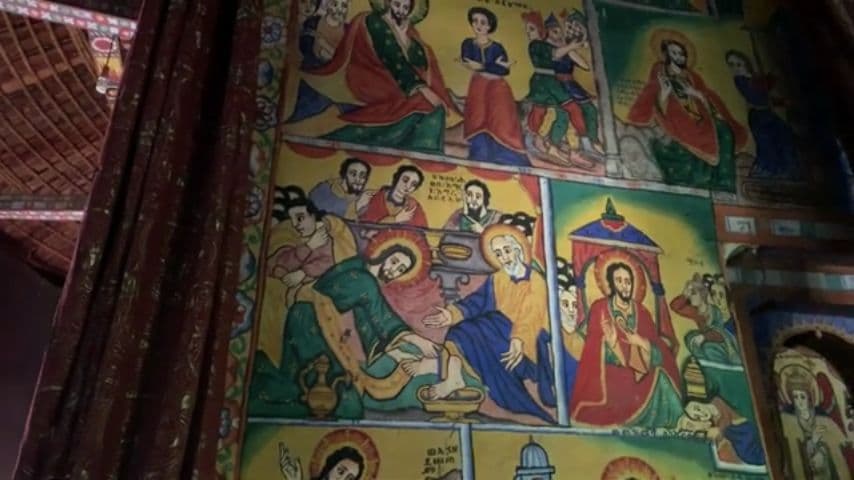
Dek Island is the largest Lake Tana island and has seven churches, including the Narga Selassie church built by Empress Mentewab in the 18th century. The island is covered with forest and agricultural fields. It is a three hours travel by boat \ ferry cruise from Bahir Dar to Gorgora.
Near to the Dek island is the Daga Island. Due to religious reasons, women and animals are not allowed on this smaller island. It has Dega Estifanos monastery. The monastery is boat-shaped to represent Noah’s Ark. It houses mummified remains of six Ethiopian Emperors: Yekuno Amlak, Zara Yaqob, Fasilides, Dawit I, Za Dengel, and Bakaffa.
Zege peninsula
Zege Peninsula is located on the southwestern shore of Lake Tana. It is currently under Bahir Dar city administration and is 20kms from downtown. It can also be crossed from the southern shore by boat trip. The peninsula is rich with trees and has coffee plantations. It is home to seven monasteries and has a camping site. (See Zege community campsite here.)
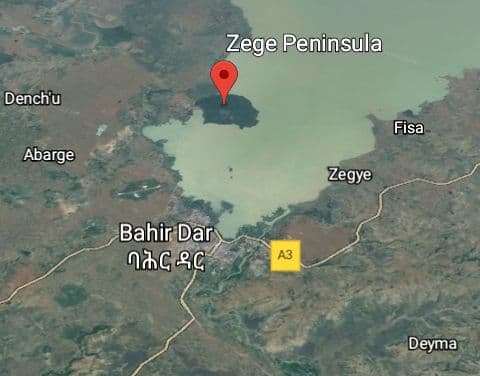
The monasteries on Zege are open to both genders. Ura Kidane Mihret is the largest monastery and has adjoined museum, Zeghie Satekela. It is a 20 – 25min walk from landing for boat travelers. Azwa Mariam is very close to landing and known for its bell made of stone.
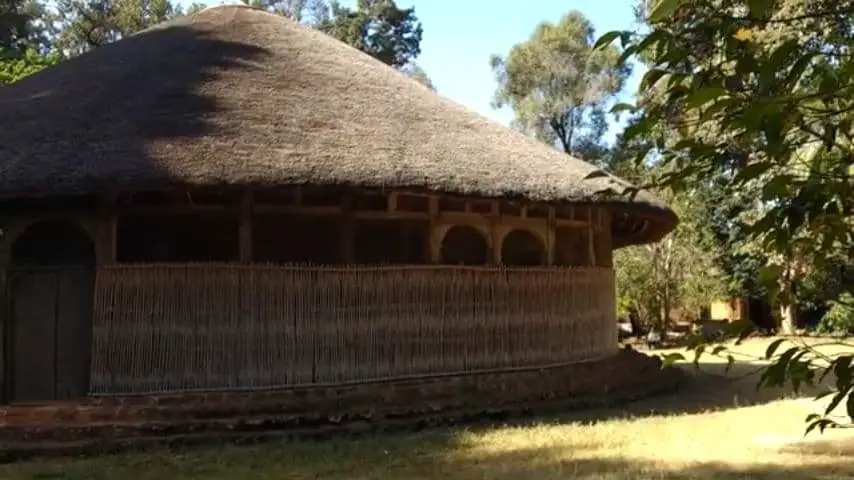
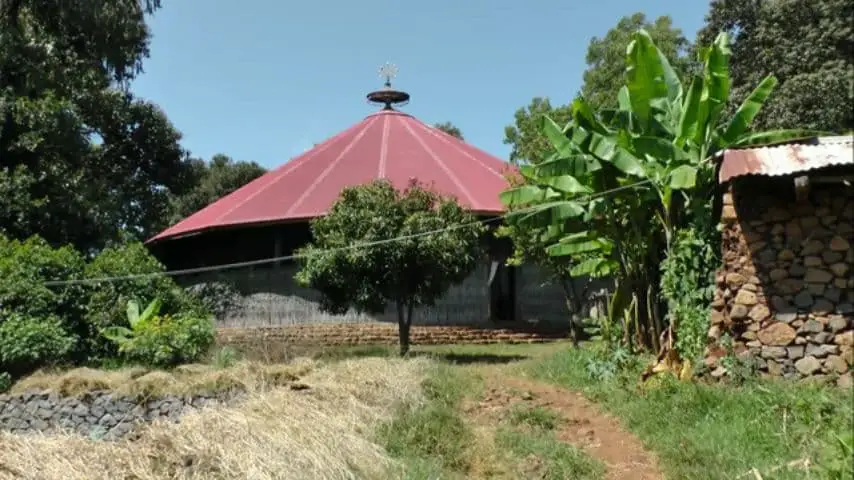
Tis Abay (The Blue Nile falls)
Thirty kilometers from its origin, Blue Nile creates a waterfall as it drops from its riverbed into a canyon. The waterfall is 42 meters tall and can be as wide as 400 meters in the rainy season. It generates a marvelous scene of mist locally named Tis Abay (“Large Smoke”). It is located in Tis Abay Town, south of Bahir Dar city. Because the river is channeled for hydroelectric plants, the downpour is greatly reduced during the dry season. Tis Abay separates the fauna of Lake Tana from that of the Blue Nile and is one of the best tourist destinations in Ethiopia.
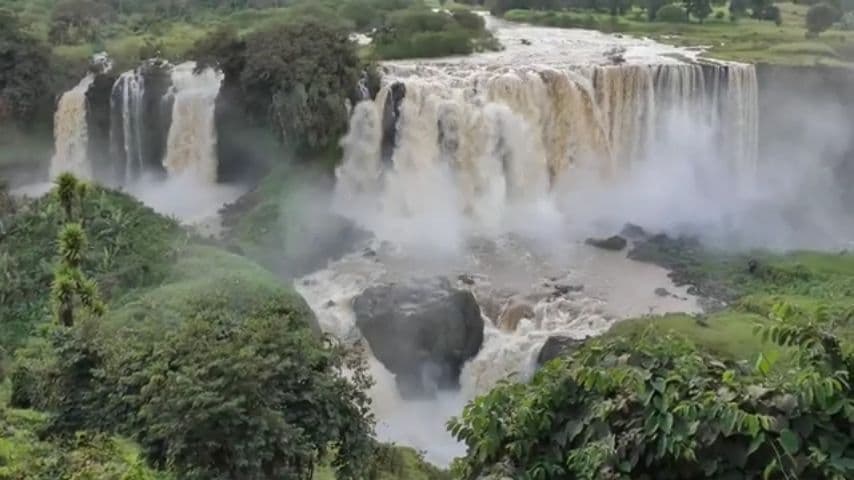
Amhara people’s Martyrs Memorial Monument
Amhara people’s Martyrs Memorial Monument is one of the statues erected by EPDRF (Ethiopian People’s Revolutionary Democratic Front) in memory of the martyrs who lost their lives in the fight against the Dreg military junta. The statue reaches a height of 40 meters and is black and white in color to symbolize the hardships faced by the Amhara people and their hope for the future. It is strategically located on the shore of the Blue Nile. The compound of the tall statue has an art gallery, a library, and different sculptures. Some of these sculptures are deemed non-representative of the Amhara and are under reform by the current ruling party.


Mount Bezawit
Mount Bezawit is a forest-covered mountain 7kms from the city center. The former palace of Emperor Haile Selassie (Bezawit Haile Selassie palace) is found here. There is a construction site near the palace and visitors cannot enter it. Despite this, there are breathtaking greeneries on the mountain. At the end of the mountain road, a panorama of Bahir Dar City can be admired. It is also a good opportunity to appreciate the Blue Nile’s origin from Lake Tana.
Hotels in Bahir Dar
Being one of the largest cities in Ethiopia, Bahir Dar has over 60 hotels. Those located around Lake Tana are Unison Hotel and Spa, Avanti Hotel, Homeland Hotel, Papyrus Hotel, Kuriftu Resort & spa, Lakemark Hotel, and Tana Hotel. Unison (5 stars Hotel), Kuriftu, and Avanti have great reviews and boat services available within walking distance.
Nile view Hotel is a good option for those who want to be close to the Blue Nile. It is a perfect escape from the city noise and has beautiful scenery. There are also other Grand Hotels in Bahir Dar. You can use booking.com or Agoda to see your options and book hotels during your stay.
Top 5 Things to Do in Bahir Dar
Boat Lake Tana
The shore is abundant with birdlife. You can see some hippos with a bit of luck. Don’t miss out on the islands too. The plantations will give you a shade on your walk to the monasteries and the churches. These are some of our historical treasures.
Dig in the fish
No one who goes to Bahir Dar should leave without eating fish with the exception of vegetarians. Even if you are a vegetarian, you might want to see the fishery. Of course, you can eat fish almost everywhere, but this one comes at a good price. There are plenty of fish houses on the shore of Lake Tana and there are also fish restaurants in the city with different fish recipes. Bon Appetit!

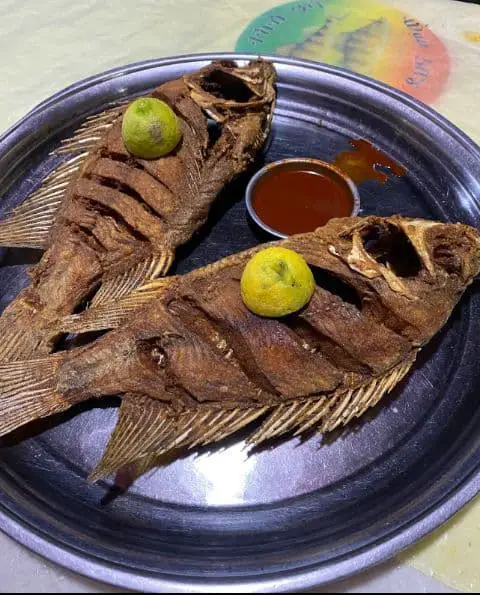
Get on the bike
Bahir Dar is popular for cycling: “It is a pity if you are from Bahir Dar and can’t bike” is kind of popular. There are bike rentals available all across the city and the streets are lined with trees. You can take it to the next level by biking to and from Bahir Dar and nearby towns. If you have never been on a bike and want to give it a try, this is your chance. You can practice it around the stadium.
Have a night out at the cultural club
Decorated by crafts, these clubhouses are of cultural touch. They serve traditional alcoholic beverages. “tej” and “tella” are the classic of these drinks. Tej, the wine of Ethiopia, is 6- 11% alcohol and made by fermenting honey in water and adding boiled gesho (Rhamnus prioides) stems. It is usually served in flask-like glass called “berele”. Tella is a traditional beer brewed from grains and gesho. The alcoholic content of tella is 2-5%. The clubs aren’t just about the drinks though, it is about socializing and cultural music.
Azmari sings traditional songs and lyrics to their customers. The lyrics are of romance, sarcasm and criticism. The typical musical instrument used by Azmari is Masinqo. Masinqo is a single-stringed lute played by a bow. (More on Ethiopian music)
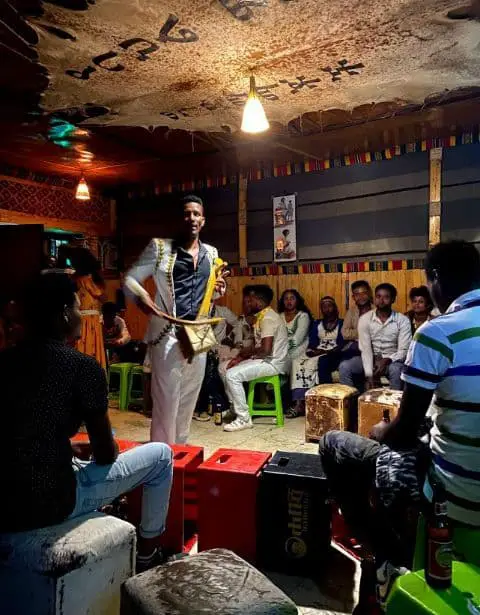
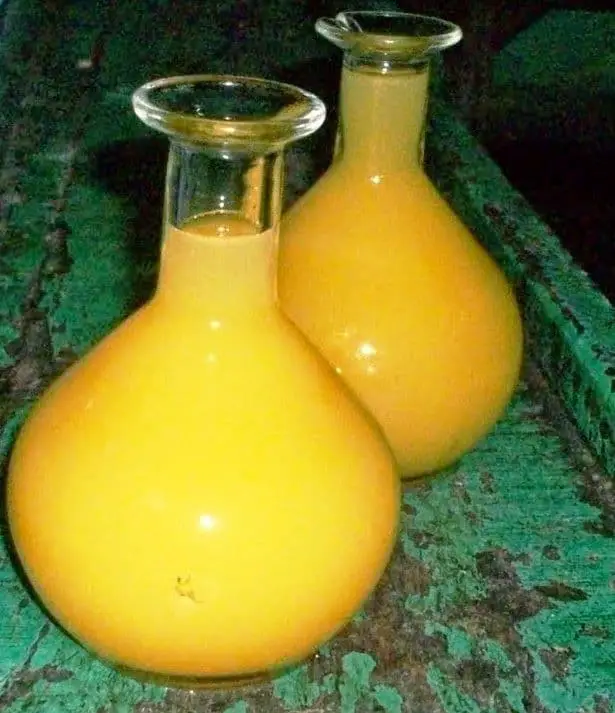
Shop cultural clothes and artisanry
There are different shops selling cultural clothes and handicrafts around Papyrus Hotel on Giorgis road and ‘Shema tera’ in the Bahir Dar market. They give insight into the Amhara people’s culture. Clothes, bags of traditional design, jewelry, and other handicrafts are available. You can pick them up as decoration or gift them. It is also a support for the local market.
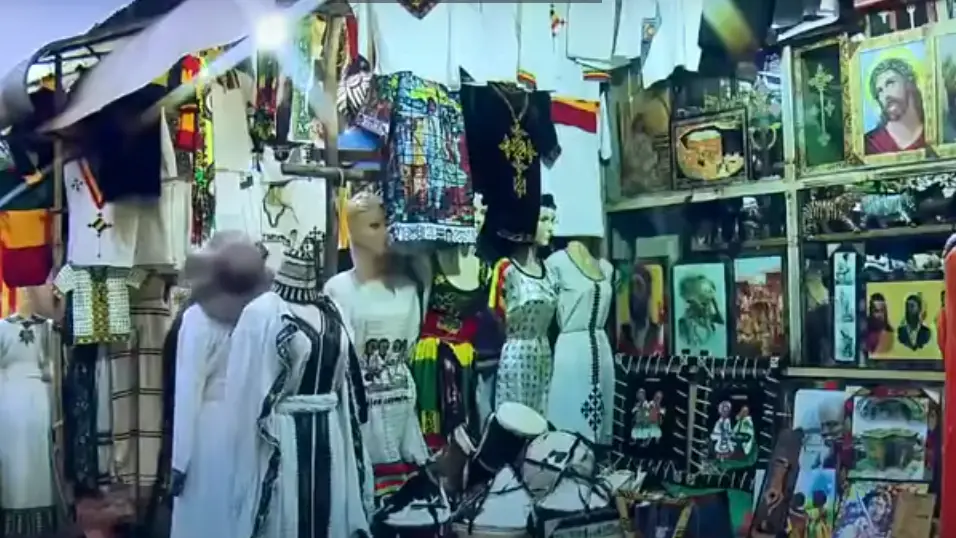
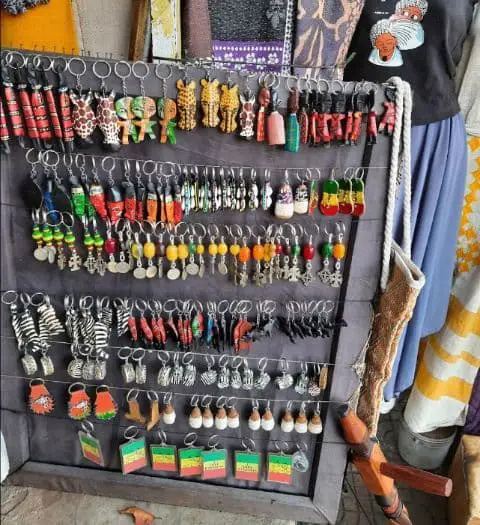
This is Bahir Dar, one of the largest cities in Ethiopia. A city favored by nature and built by years of hard work. It has different tourist agencies to help you experience the spirit.
Wanna visit Bahir dar? Get your best deals here.
Booking.comAlso Read
- Ethiopian People: The Untold Stories
- Ermias Amlega | Childhood, Achievements & Net worth
- Tedros Adhanom | Achievement, Family & Net Worth
- Hermela Aregawi | Childhood, Achievements, Family & Net Worth
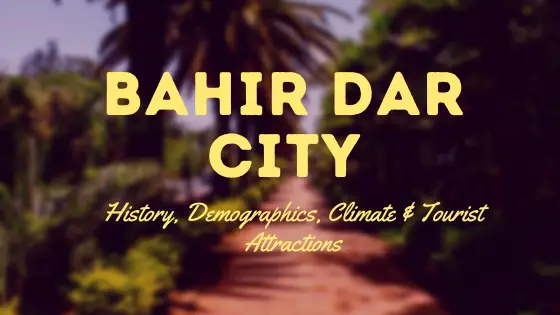



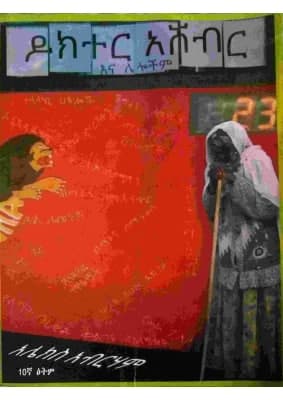
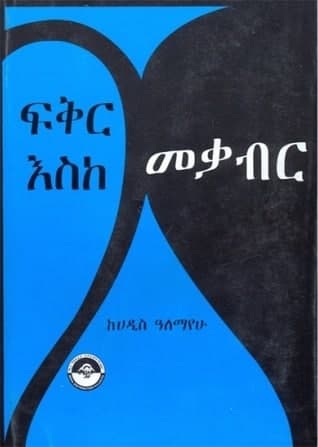
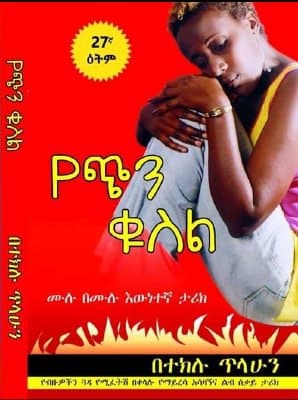
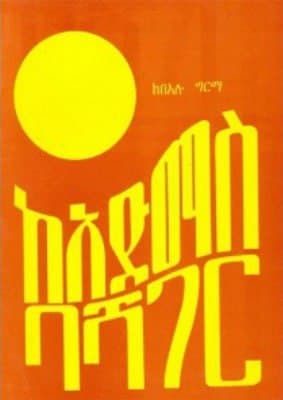

0 Comments
Trackbacks/Pingbacks